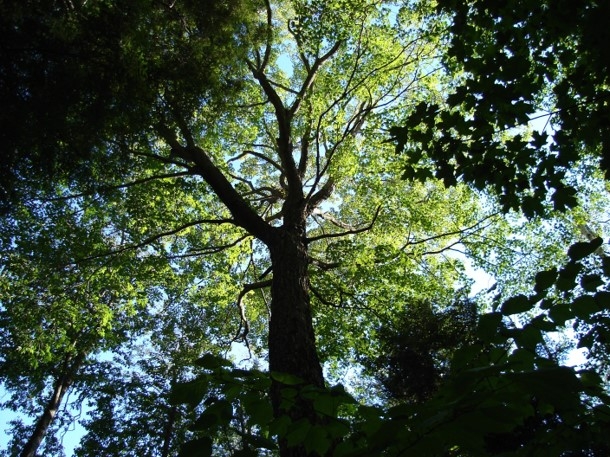Forest Group

Forests are tree-dominated uplands that occur throughout Michigan. The canopy cover of Forests is typically greater than 60%. A variety of landforms support Forests including glacial outwash plains, glacial lakeplains, coarse-textured ground and end moraines, thin glacial drift over bedrock or cobble, kettle-kame topography, and stabilized sand dunes. Forests develop on a variety of soils, including droughty to mesic, acidic to alkaline sands, loamy sands, sandy loams, silty loams, clay loams, loams, and clays. Natural processes that influence species composition and community structure include windthrow, insect outbreaks, growing-season frosts, drought, and fires.
Seven natural community types fall within the Forest group including dry northern forest, dry-mesic northern forest, mesic northern forest, boreal forest, dry southern forest, dry-mesic southern forest, and mesic southern forest. Classification of these Forest types is based on species composition, differences in soil chemistry, moisture, and composition, hydrology, geographic distribution, and landscape setting.
Citation
Cohen, J.G., M.A. Kost, B.S. Slaughter, D.A. Albert, J.M. Lincoln, A.P. Kortenhoven, C.M. Wilton, H.D. Enander, and K.M. Korroch. 2020. Michigan Natural Community Classification [web application]. Michigan Natural Features Inventory, Michigan State University Extension, Lansing, Michigan. Available https://mnfi.anr.msu.edu/communities/classification. (Accessed: December 20, 2025).

